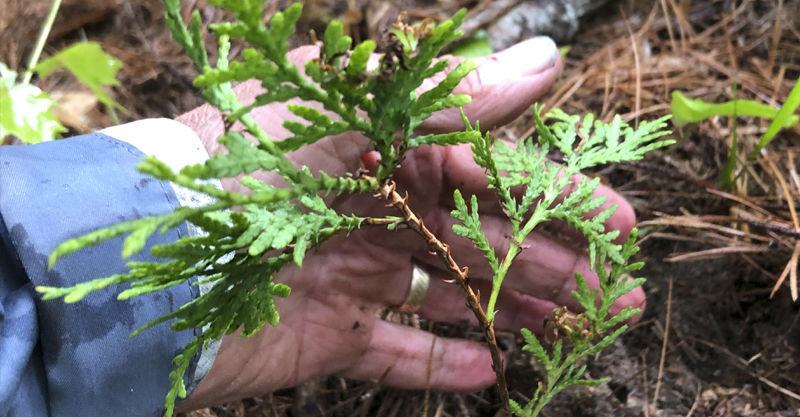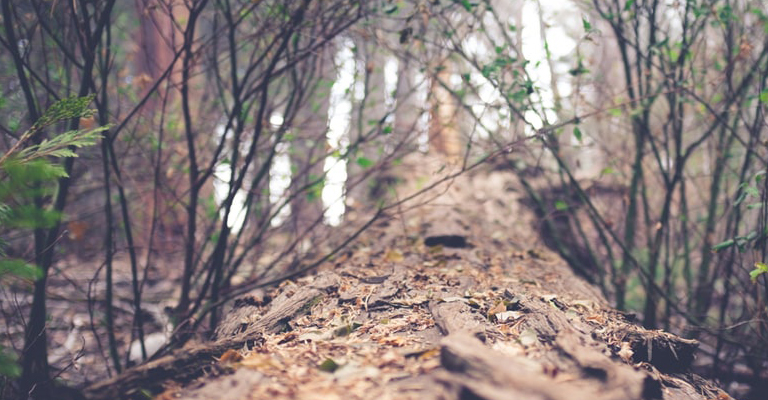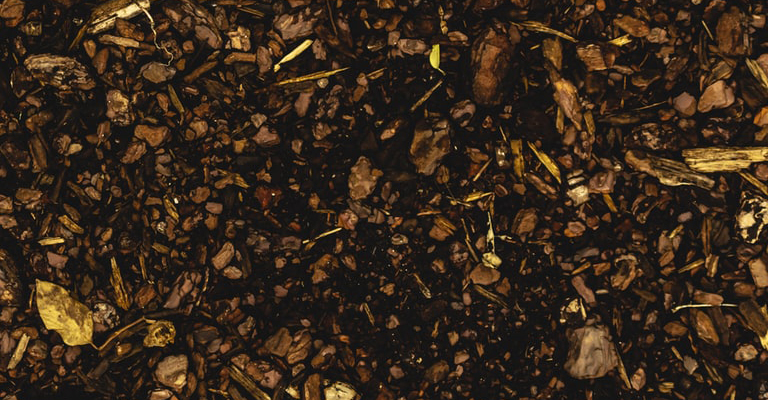from Marquette Monthly December, 2003
The art of mindfulness: spirituality & landscape
“I have arrived. I am home. I am here. Now.” — Thich Nhat Hnah
It’s late afternoon. I’m 10,000 feet above Lake Superior in a cramped twenty-seat Fairchild Turbo Prop headed from Sault Ste Marie to Thunder Bay (Ontario). There are only a few of us on board: a middle-aged woman of Cree or Ojibway descent, a government official, a couple of engineers. The shadowed edge of Michigan’s Upper Peninsula is fading from view, framed by a sunset tinged with streaks of gold. Below us, I see snow has fallen on the distant coastline. Outside the air is bitter, icy cold.
I am looking forward to the next few days. Coming up is a weekend meeting of the Lake Superior Binational Forum, a small citizen’s advisory group that meets a few times each year to make recommendations to the Canadian and United States governments on policies designed to protect the Lake environment.
We come from diverse sectors: mining and timber industries, government agencies, nonprofit environmental organizations, churches and tribal communities. We’ve discovered, as one might expect, discussions often are contentious. Consensus is important, but difficult to achieve.
It’s been eight years since my return to Northern Michigan, the home of my youth. Having lived in a bustling, traffic-jammed major city for ten years, I hoped to recapture a connection to the land and reclaim a part of my own inner landscape I sensed has been abandoned. Something continued to whisper that the ever-changing forests, the long, hard winters and insect-ridden summers of the Upper Peninsula serve as good mentors for such a venture.
During the first snow-blanketed December back home, a childhood friend suggested we cross-country ski out to a remote cabin I was overseeing. We arrived in early evening, the first winter storm swirling around us. He knelt by the wood stove, preparing to light a fire and bring some warmth to offset the chill working its way down through our bones. Pausing, he turned and asked, “Where’s the kindling?” I lifted up two empty hands in a gesture of embarrassment. He looked at me with a smile.
“It’s a rule of the woods. You always leave kindling for the next person who might use a wood stove. Pay attention to such things,” he continued with a grin, “if you plan to live with us in this part of the world.”
This was a special introduction, though not my first, to the importance of mindfulness, that peculiar, neglected part of the art of living now under assault in modern culture. Mindfulness is more than simply paying attention. It’s a state of being fully present in a task; of feeling, touching, listening, flowing in any given set of circumstances. Of finding in a specific space and time graceful connection, a restful congruence. Sounds mystical? It is.
I’ll now confess, though others might think otherwise, I’m a walking example of personal delinquency in such matters. Intuitive by nature, my lack of attention to details often trips up what was the best of intentions. I’m grateful for friends and close colleagues who smile and forgive my frequent oversights. Others are less kind. The problem for me, and unfortunately for many others, is compounded as a generation of young adults now are being increasingly rewarded for multi-tasking.
Recently I became aware of how deep the problem lies when I worked with a group of university students planning a series of community meals for our campus ministry program at NMU. After a few weeks of unspoken dis-ease, I finally asked one of our student leaders what was going wrong during meal conversations. She looked at me in genuine surprise, a pinch of disdain and a hint of compassion, responding, “Don’t you get it? Most of us rarely ever sat down together as families to eat a meal. Even then the TV usually was on, somebody was reading, talking on the phone or listening to music. Just sitting there with someone else and a plate of food? None of us knows what to do.”
Lest you think this young woman an exception, here’s evidence suggesting otherwise. For years an administrative assistant of a nearby congregation regularly has picked up her backpack and made an annual hiking trip to Isle Royale. This summer she slept in her car overnight in Copper Harbor before boarding the boat for the trip to the island. She describes herself as a “dirt road” kind of person. She intentionally seeks out solitude in that remote national park, usually preferring to travel alone. This year she reported she was startled when she encountered hikers listening to Walkmans on the trail. One evening during her stay at a isolated campground she told me, with chagrin, she’d overheard campers complaining loudly that their cell phones weren’t working.
Technological advances, seductive and dazzling, always have a price. Ours is a modern world of speed and efficiency. Its heartbeat is built around a media-driven induced hunger for experience and information. An outside perspective sometimes can bring clarity. The inner lives of most of us as Americans are shaped, says an attorney friend of mine recently back from five years in El Salvador, by “multi-national corporate dream factories and giant shopping centers.”
Richard Restak, clinical professor of neurology at George Washington Medical Center and author of fifteen books on the human brain, warns us about the legitimizing of “multi-tasking” so much in vogue in recent years. “Multi-tasking comes at a cost,” he writes bluntly. Using precise imaging techniques and sophisticated test measurements, he reminds us that the human brain is designed to work most efficiently when it works on a single task for sustained time. “This doesn’t mean we can’t multi-task, but we do so at decreased efficiency and accuracy,” he states.
Those who live and work close to the natural world know–better than most–the wisdom, the beauty of mindfulness. During summer months I’ve coordinated selected kayak trips for clergy and hospice workers. Our guide is a forty-something single man, a good friend who works for a local sports shop.
Among his peers, his experience as a kayaker is a benchmark for ventures on the Big Lake. One of a handful who have paddled solo the entire Lake Superior coastline, he did it in a seventeen-foot expedition model Norkapp, its prototype being the only kayak currently on display in the British Maritime Museum. He’s regarded by his colleagues as thoughtful and extremely competent. I look forward to working with him each summer. This year, as expected, I learned something new.
One early morning while loading boats on a trailer, I watched him instruct a member of our group how to secure ropes and holding straps. My friend was deliberate, focused, paced and strikingly mindful. When they were finished, he walked around the trailer carefully checking each of the kayaks. He tightened and adjusted each of the boat’s harnesses, making sure the proper balance and fit was just right. A peculiar beauty lies in such focused, deliberate actions. Time and space gently collapse, for a few fleeting seconds, into a deeper, silent place.
Mindful, focused work of accomplished artists, athletes and musicians invite us into similar states of wonder. When we see such individuals involved in their disciplines, balanced and flowing in their painting, sculpting, writing or running, we can merge, at times, into some elegant, hidden universe.
A few days ago I spent a morning with a logger off CR-550 to Big Bay. He had work to do and moved quickly through the woods to cut down a half dozen birch trees that were decayed and in danger of falling and damaging a recreational cabin. He carried a Huskavara chainsaw, using it as comfortably as if it were an extension of his own body. Over the course of the morning he casually introduced me, between cigarettes, to a world of Humboldt cuts, logger notches and skids, come-alongs and sharpening files.
Several trees leaned in dangerous positions. He worked intentionally and smoothly, with special finesse. One moment stands out. I saw him take a wedge, cut a notch in the base of a fifty-foot tree and, tap the tree with the butt of an ax and spin the tree to drop within an inch of a line he had drawn on the forest floor with the heel of his boot. What I remember most about this skilled craftsman was his mindfulness for his task. He respected, with reverence, each tree to which he brought his twenty-eight inch saw. A signature of someone who knows his trade. It’s well known among loggers that a “barber chair” or “widow-maker” from a falling forty-footer can end a career. On an occasion earlier last summer, he told me with a smile, it nearly did, leaving him with three broken ribs and a concussion.
Great religions of the world always have known the power of mindfulness. It’s found in their ancient disciplines of centering and contemplative prayers. Liturgy and well-led rituals invite us into these deeper dimensions of the universe. Music, chant-ing and symbols beckon us, as they have since the beginning of human community, to travel through what Aldous Huxley calls the “doors of perception.”
Among the spiritual traditions, in vision quests of the Muckleshoot, dreamer societies of the Ojibway, and the sweat lodge ceremonies of the Lakota, the emphasis on mindfulness always is present. The priest elevating a chalice, a Rabbi reading the Torah, a spiritual leader holding a ceremonial pipe are all there to connect us to what Paul Tillich, far away in a dusty library at the University of Chicago, once termed “The Eternal Now.”
Other teachers of this same wisdom are among us, close to the earth and our Northern landscapes this season. Deep in forests that surround Lake Superior are those who, during these days of the winter moon, hunt the moose, bear and deer. Hunting holds an important place among the most ancient and noblest of professions.
Though modern hunting practices frequently shame earlier traditions of integrity with indiscriminate use of alcohol, video cameras and bait piles, it’s helpful to remember all hunting once was strictly shaped by religious ceremony and prayer.
The reason is simple. To be successful, hunters must be mindful. And such mindfulness can lead us, unexpectedly, to places of compassion, to deep understandings of the nature of sacrifice.
Restak, in his brain research, speaks specifically and with fascinating insight about such matters. Experiments have shown that the farther away we are from actual experiences of violence and death, the less we’re able to respond with a sense of remorse and connectedness. Overloads of secondary information about such experiences actually diminish the brain’s response to those realities.
The constant barrage of television news images, to which we cannot respond personally destroys our ability to respond interactively and compassionately Restak suggests. Robert Lifton, a Harvard psychiatrist, first studied this relationship between violence and the media during the Vietnam War. He called it psychic numbing. Does the news destroy compassion? Restak and Lifton both would respond unequivocally, “Yes.”
A twenty-one year old university student in our community, a friend of mine, spent this past summer working as a firefighter in New Mexico. He learned mindfulness as a matter of life and death on a fire line. This is unusual for a generation more comfortable with short attention spans, chat lines, instant messaging and Internet connections. He’s able to follow through, unlike many of his peers, on almost anything to which he commits himself. However his real training in this art of living, I recently discovered, came earlier. And with it came a memorable initiation into the nature of compassion.
On an evening drive back from a university event, he told me about shooting his first deer with a bow and arrow. He was fourteen, used a compound bow, took the shot at twenty yards. He was alone. He admitted to me he’d been instructed by his grandfather and uncle to wait an hour or two before following the wounded animal. It’s common knowledge among experienced hunters that when there’s no gunshot or human scent, a deer will only run a short distance after an arrow penetrates, then lie down to bleed as its life slips away.
He told me his impatience got the best of him. He followed the blood trail a hundred yards down into a hollow, found the animal lying under some cedar, still alive, weakened, close to death. “I knelt down next to the deer,” he said hesitatingly, “put my hand near its wound and waited there. I was breathing with her. I waited quietly, my hand on her, until the last breath was gone.”
There are different paths into the mystery of mindfulness. Fastening down a kayak, sharpening a chainsaw, splitting a bundle of firewood, kneeling beside a dying deer all invite us into a practice of mindfulness. So does preparing a meal, doing laundry, pouring a glass of wine, brushing one’s teeth. When we live intentionally in these places and actions, mindful, something sacred lies waiting for us.
In mindfulness time stops still. In such quietness, compassion is born. We step gently into a Great Presence. We discover we are not alone. We have arrived home.
I look out the plane’s window. The north coast of Lake Superior and the lights of Thunder Bay are in sight. Evening is falling. Our plane begins its descent through ribbons of cloud cover. To the north, the last rays of daylight scatter across Nipagon Bay. The haunting, blanket edge of a vast tree line begins its mystic stretch far over Canada’s boreal forests to the Arctic Circle.
In a few hours a series of meetings will begin for the forum. There will be plenty of reports, deliberations and negotiations. Usually I have a habit of losing focus at such events, drifting off. I intend this experience to be different.
– Jon Magnuson
December 2003




